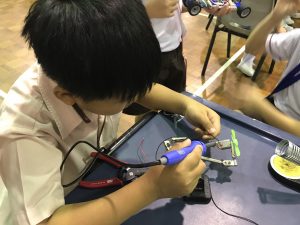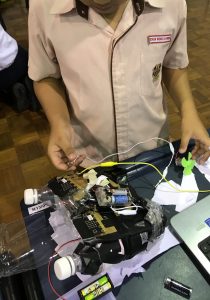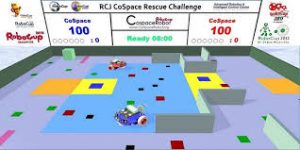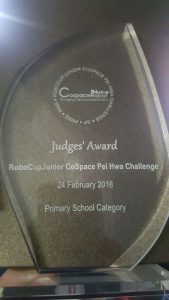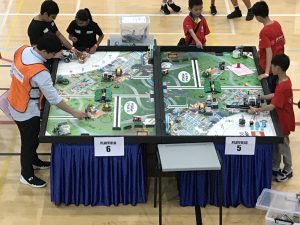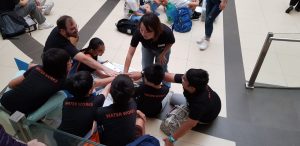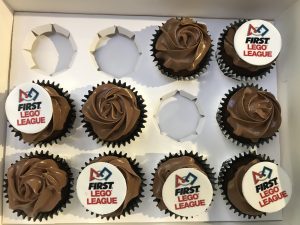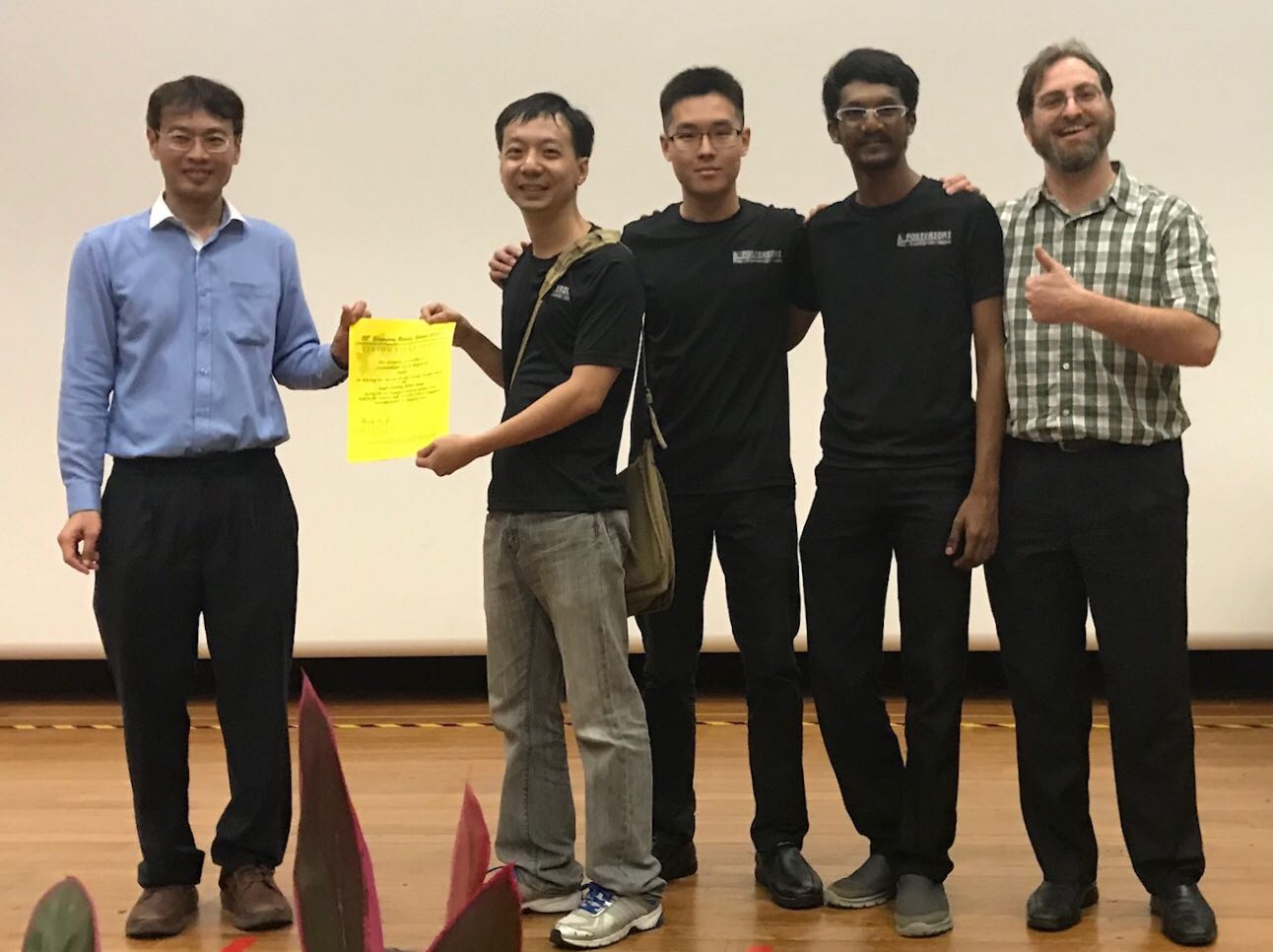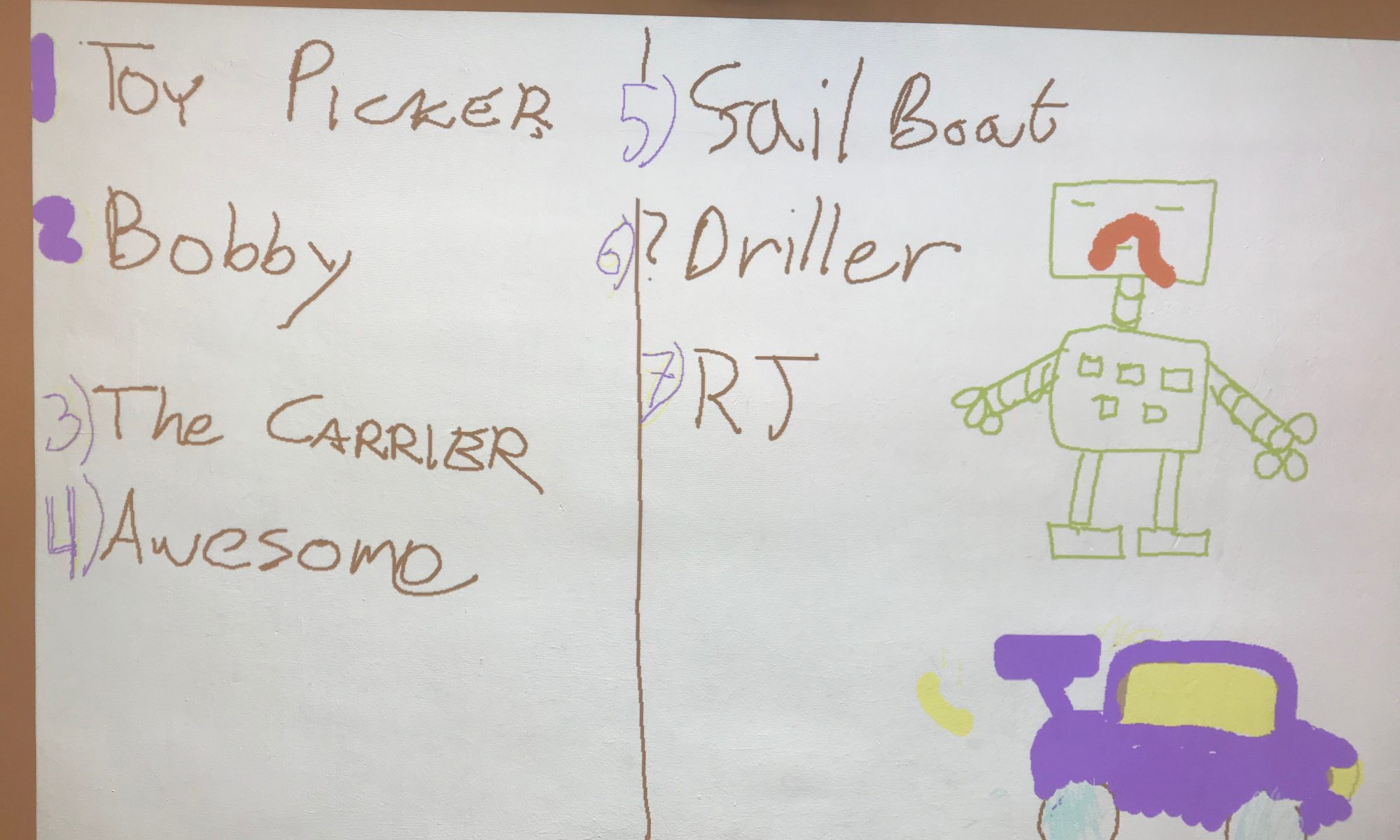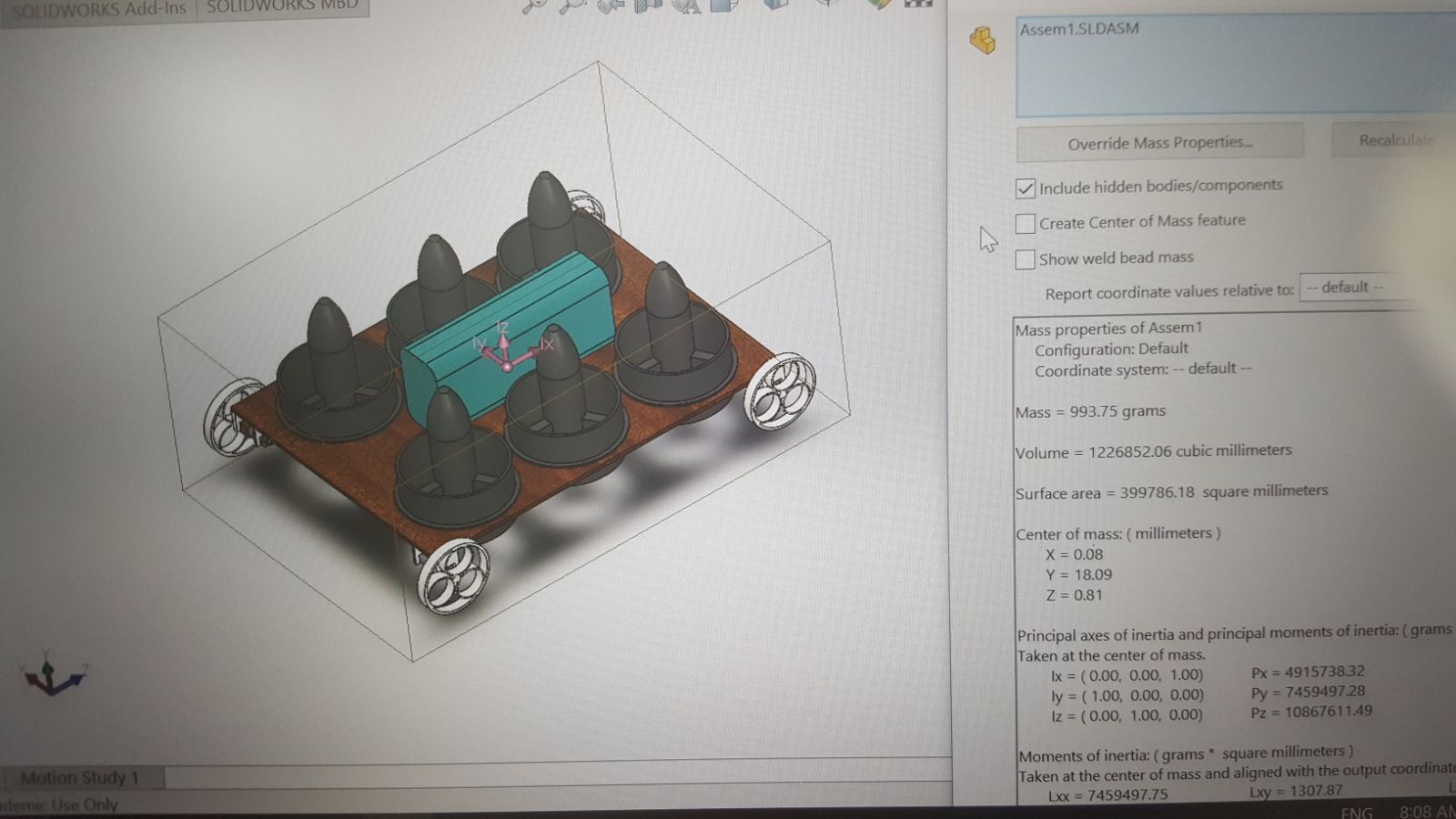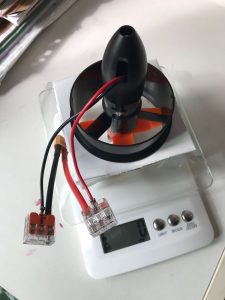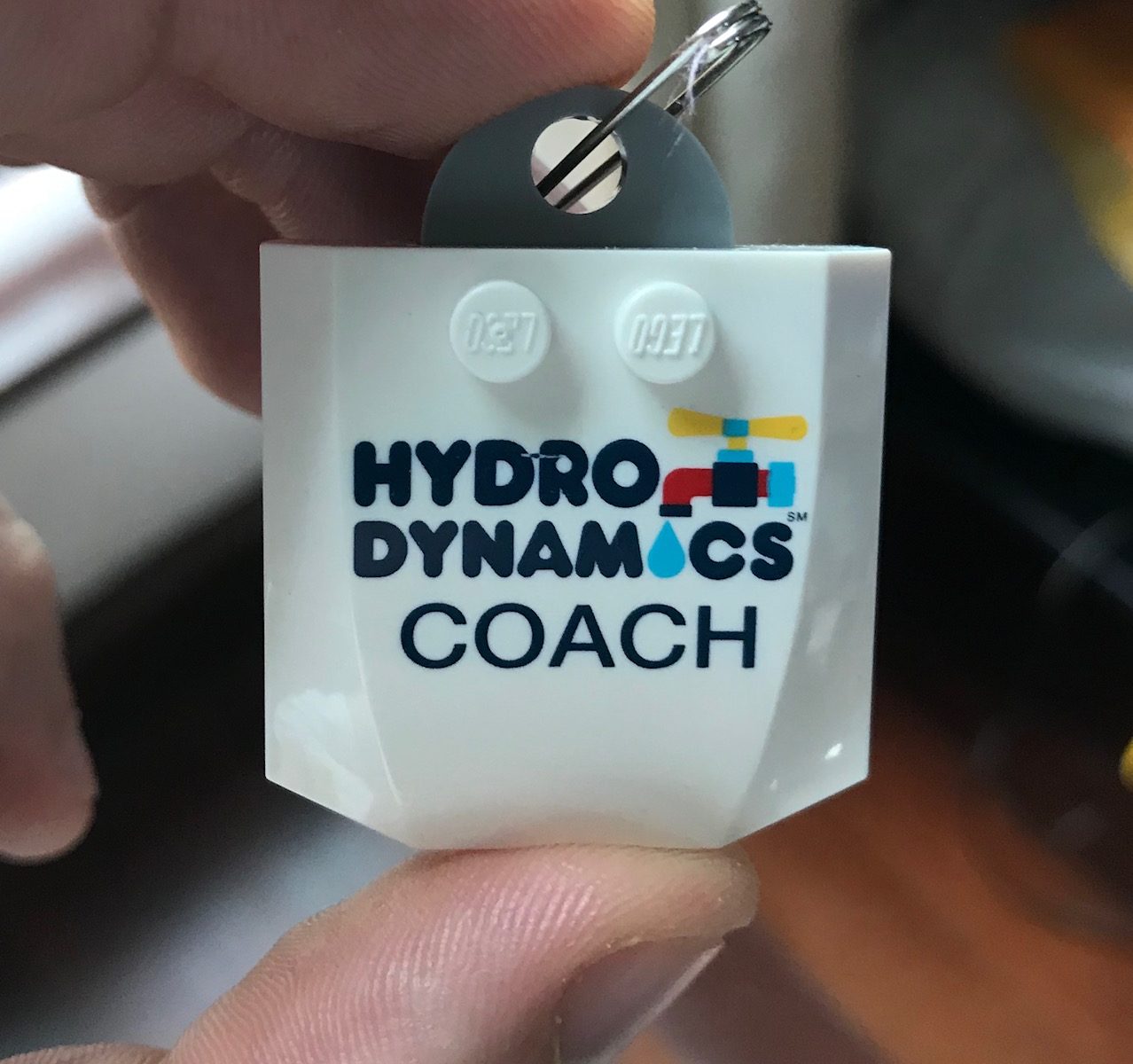Robotics can be a useful gateway to building up an interest in STEM subjects among kids, but it is also a great way to engage with at-risk youth.
Last week, Yoni and I visited Boys’ Town at Upper Bukit Timah to conduct a one-day course on Lego robotics. I haven’t done any volunteer work in a while – been too busy (…excuses; I know…) – and it was a great way to get started again. After a brief stumbling around due to a Google Maps error, I found myself in a small computer lab with 6 shelter kids sharing 3 Lego EV3 sets.
Getting Started
The kids were energetic but well-behaved. Learn fast too! The first challenge we set for them was to build a simple wheeled robot, but one of the teams chose to build a much more challenging four-legged “Puppy” instead. I’ve always believed in encouraging kids to find their own interest and direction, and am glad to see them taking the initiative to choose a different path. The other two teams are no slouches either, and were adding new mechanisms and decorations to their basic robot.
The most fun was had with the programming challenge. The kids had to race their robots around a bend, and were constantly measuring the distance and refining their program to get the best timing. One team found the trick of using a bigger wheel, but it didn’t take long for the others to learn the same.
A Pungent Interruption
It so happened that it was harvest time for the durian tree in the Boys’ Town compound, and a durian party was planned for in the afternoon. Robot may be fun, but durians are irresistible… although not for me, as I’m one of the rare few Singaporeans who can’t stand the smell. Still, I’m not so cruel as to deny the kids their durians, so we took a few minutes away from the robots to enjoy the party.
Flying Robots
Yoni also brought along a Parrot Mambo Minidrone for the kids to try out, and it was also my first time having a hands-on experience with that particular model. With it’s height and horizontal movement sensors, it had amazing stability for a drone of its size and price; leagues ahead of my old Hubsan. For teaching STEM, it’s not as good a platform as an EV3 or a micro:bit; the limited input and output capabilities restrict the complexity of the program that can be written. Nevertheless, the kids had great fun programming the drone, and learned a bit about sequencing and movements in the process.
Incredible Experience
The unexpected interruption with the durians left us with less time than planned, but the kids still managed to achieve most of the challenges. Most of them managed to complete the “Search and Locate” challenge, and were making good progress towards the “Grab and Go” challenge. It was amazing watching the kids experimenting, discussing, thinking and concentrating, it’s what robotics does best; getting kids engaged in learning.
The session would not have been possible without the kind support of the Boys’ Town staff (…sorry for the sticky tape marks on the floor!). Both Yoni and I would love to help out again and will be looking forward to our next visit.
Like to join us in our volunteer sessions? Have the right STEM skills, want to do volunteer work, but don’t want or don’t have the resources to do it alone? We organize volunteer STEM courses whenever we can and will be happy to have you join us. We welcome everyone, from students to experienced robotics trainers. Just drop us a mail at info@aposteriori.com.sg
